Hello Nature Lovers!😃🌻
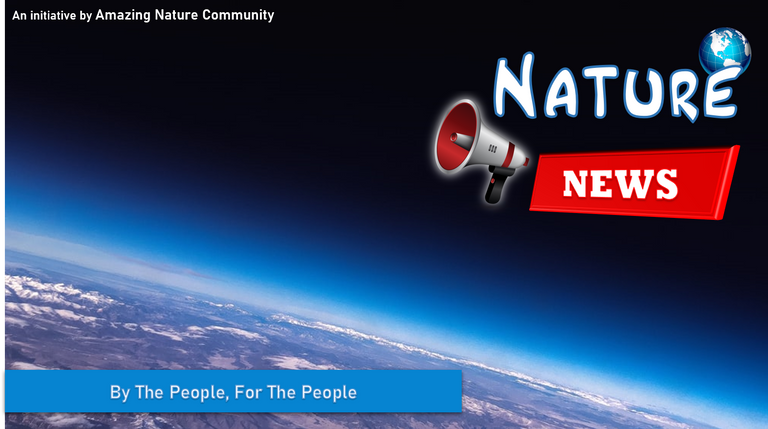
Nature News is an initiative by Amazing Nature Community
We present report No. 2 for the month of May
We work hard so that the news we present comes from serious and reliable sources: such as sections of newspapers and scientific research published in internationally recognized journals.
📢What's happening in the world?🌎
Unlike other news, here we are not going to focus on the human being, rather, on the nature that surrounds us.🐢🌺
We know how much you enjoy nature! That is why today we bring you the best news and information of interest to each of the Amazing Nature Community members. We hope you enjoy it!😄


In several countries, the wild boar is an invasive species. What are the consequences of this?🐗⚠️
Humans have made drastic changes in nature. Certainly most of these changes are negative, and one of them is the introduction of exotic species. The topic of invasive species has gained some popularity in recent years and there is talk of both animals and introduced plants, one of these species is the wild boar...
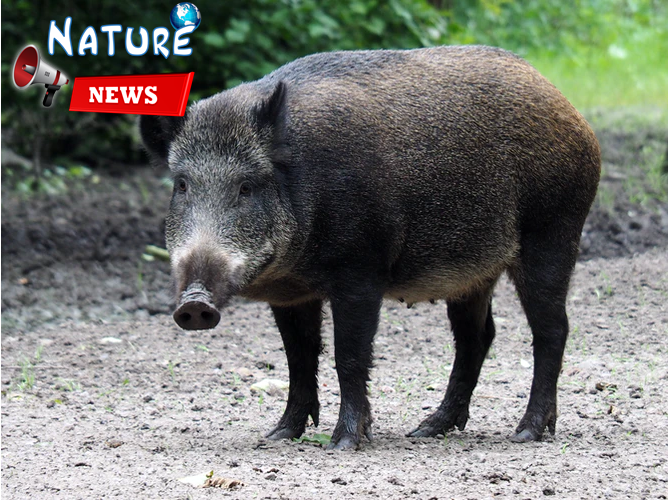
Photo credits: Ed van duijn
📍Location: Unknown
A journalistic note published in BioGuia by Alexia Barrera Hernández
When a species that is introduced successfully adapts to the new environment it can produce severe negative impacts on the new ecosystem. In several countries, the wild boar has shown to have a high adaptability.

Introduced species
Invasive introduced or alien species are species that have been moved, intentionally or naturally, out of their natural habitats and have successfully established themselves by becoming widely distributed.
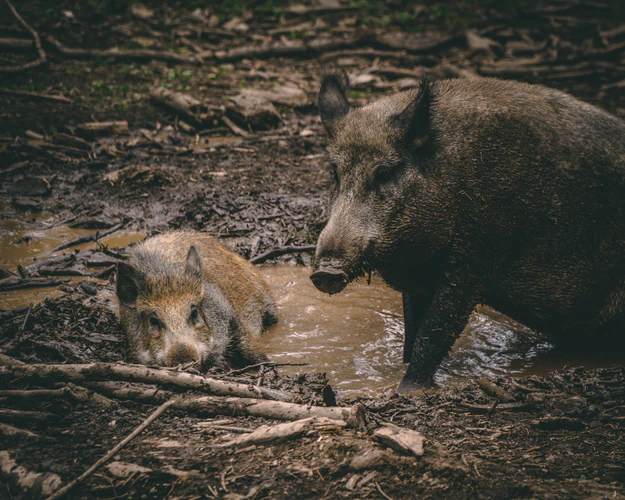
Photo credits: Jonathan Kemper
📍Location: Unknown
Almost always, these species cause negative damage to new ecosystems, causing effects on culture, biodiversity, economy and public health. Not all alien species are invasive. That is to say, not all of them are successful in being distributed over large rooms.

The boar
The Wild boar (Sus scrofa) is considered one of the 100 exotic species of mammals that cause the greatest damage to the environment to which they adapt, according to the IUCN, since it has high reproductive productivity and adapts to multiple environments. This wild species, actually native to Europe, Asia and North Africa, has been introduced in many countries and has caused negative impacts in almost all of them.
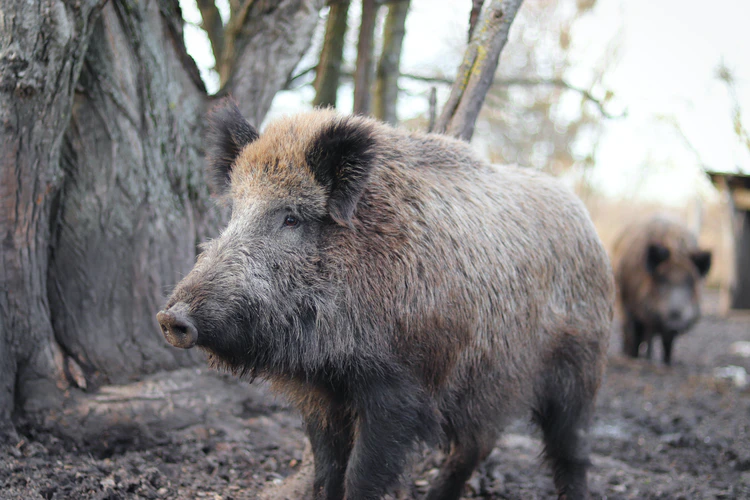
Photo credits: Kevin Jackson
An example of this is Argentina, where it was introduced as a game animal in the early 20th century in the La Pampa region, but the species managed to spread to the northeast and southwest of the country.

The negative impacts😰
Alexia Barrera mentions the following negative impacts caused by the wild boar as an invasive species:
Alterations in the structure and stability of the soil.⚠️
Predation of fruits and seeds of native plants.⚠️
Predation of eggs and animals.⚠️ The wild boar feeds on eggs and chicks of the species of partridges, turtles, and the red lizard
Reduction in the number of arthropods and other small animals.⚠️
Disease transmission.⚠️
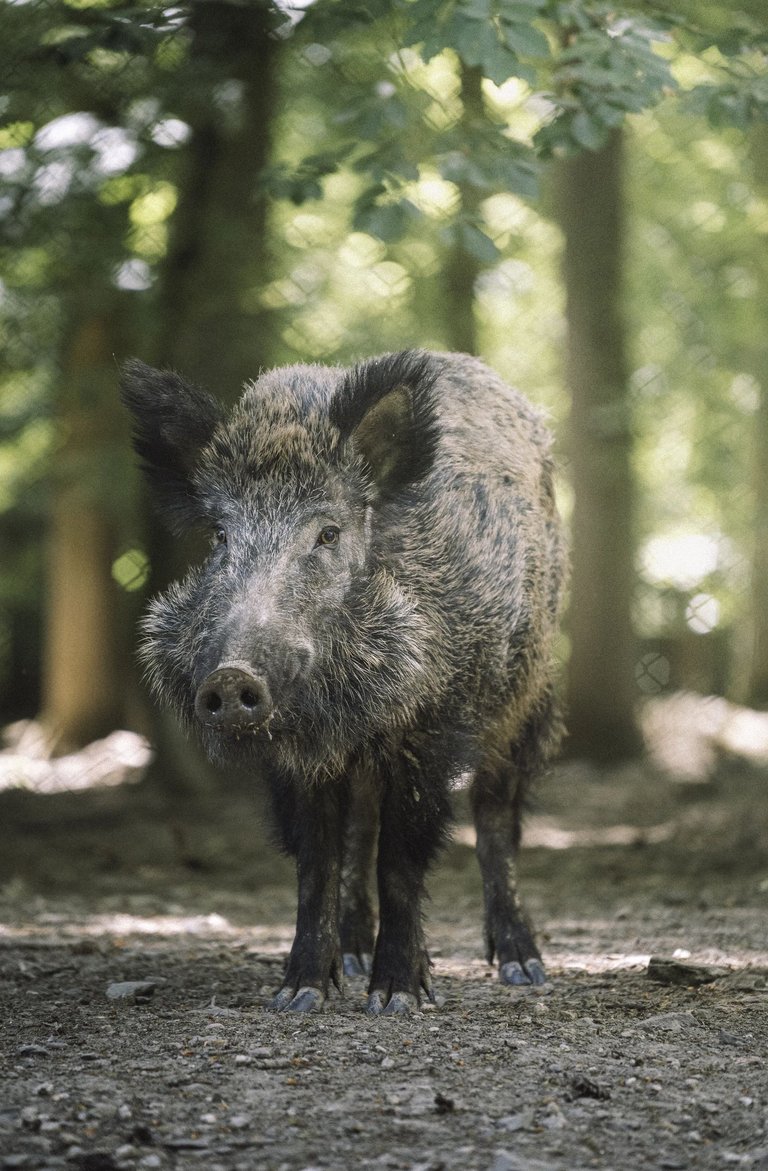
Photo credits: Max Saeling
Recently, a wild boar of approximately 270 kilos was in a corn harvester in Vedia, Buenos Aires, Argentina. This species has become a pest for agricultural productions, since they feed on crops, they also destroy crop plants.

Photo credits: La Nacion News
The economic and social consequences of the presence of the wild boar are enormous. Let's stay informed and don't bring species from other places!🌎

What do you think about this❓
What are the invasive species in your country❓
Let us know in the comments💬...

DNA - Densifying Nature-Appreciation :

DNA is an organization to foster and DENSIFY NATURE-APPRECIATION which aims to establish REPORTS OF BIODIVERSITY DATA that is contributed by all of us Hiveans and subsequently cataloged.

DNA animation GIF by @Suheri
Therefore DNA searches for HIGH-QUALITY posts that aim to DESCRIBE and determine the BIODIVERSITY AROUND YOU with added EXPLANATIONS and INFORMATION. For these informative posts they offer a CURATION SERVICE using the @dna.org account. It is also a CURATION TRAIL. Just add the #dna TAG if you think that any of your posts is what they are looking for.
 Clickable Banner for free usage. Redirects to the Amazing Nature Community
Clickable Banner for free usage. Redirects to the Amazing Nature Community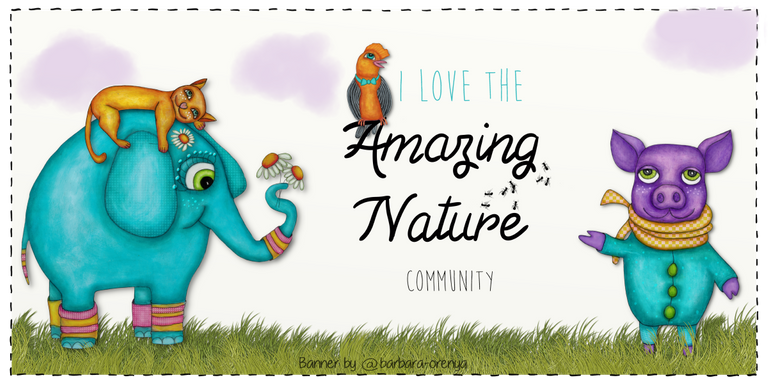 Clickable Banner by @barbara-orenya
Clickable Banner by @barbara-orenya
We have (or should we say had ?) a lot of them here in Germany .. Sometimes I do not know what exactly to thing about them. On one hand they are such amazing animal that fitted quite well in the ecosystem of older areas. On the other hand I feel always so sad when I think about how they were slowly transferred into the nowadays common domestic pigs, which are so abused by us humans ☹️ . Thank you for another news entry @juanbg ^^
Thanks my friend @adalger, all the disclosure about invasive species that can be easily read on social networks is quite a lot, hopefully this can help us make better decisions as human beings
https://peakd.com/@dna.org
Hello; @juanbg
We appreciate your work and your post was manually shared on Twitter by @papilloncharity from the DNA team!
Reach us on Discord to learn more about the project!
They are such versatile creatures! I didn't know they were considered invasives in so many areas. I imagine that they can cause a lot of damage... domestic pigs can truly tear an area apart in search of food but it is just their natural behavior to root and dig for roots and tubers. I wonder if there is a way to manage populations through hunting or trapping seasons? Not that I am a fan of those activities but for invasive species to manage their populations I can understand. We have issues with invasive plants here in Vermont and we do what we can to manage/control their spread without being too disruptive and destructive to the ecosystem.